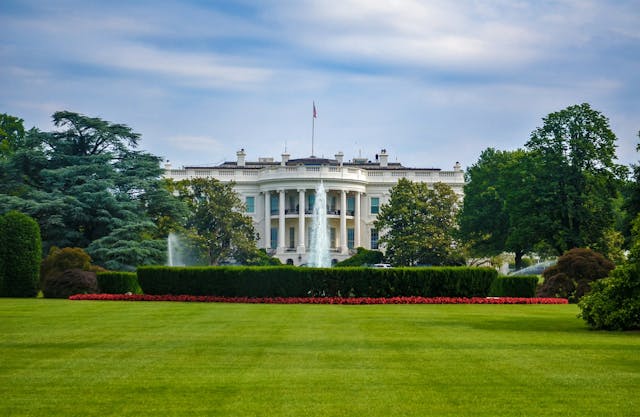The "Cube Root Rule": A Push to Make Congress More Representative?

The Constitution does not set the size of the House of Representatives. Until the 1920s, its size changed after every census, expanding to reflect the nation’s growing population.
However, the 1920 census created controversy within Congress over which states should receive new seats. A resolution emerged in 1929 when the size of the House was frozen at what it happened to be after the 1910 census - 435 seats - regardless of population growth.
U.S. population has tripled since 1910, and the fixed number of seats creates serious disparities among the states in the number of people per representative.
Wyoming has one congressional seat with 568,300 people in the district, while Montana also has only one seat despite having a population of 1,043,000.
To address this problem, as well as the ever-increasing number of people per representative nationwide, two alternative methods of determining apportionment come to light.
The “Wyoming Rule” takes the population of the fifty states and divides it by the population of the smallest state, which then would serve as the number of congressional districts to be apportioned. The seats are then apportioned to the fifty states.
This method prioritizes fairness between districts: The population of the smallest state will also be the average population of congressional districts overall.
The “Cube Root Rule” would instead have the national legislature always be the cube root of the total population of the nation. The House would be the cube root of the U.S. apportionment population minus 100 (to account for the 100 United States senators).
Political scientists have found that national legislatures often approximate the cube root of their populations. This method prioritizes responsiveness to population changes. As the population grows, so too does Congress.
The number of seats apportioned by the Wyoming Rule based on the 2010 census increases the number of representatives by 109 from 435 representatives to 544, with 40 states receiving at least one additional representative.
Based on population projections, applying the Wyoming Rule to the 2021 redistricting would result in 577 seats, with 43 states seeing an increase compared to a House size of 435.
The Cube Root Rule would apportion 576 seats to the states following 2010, with 43 states receiving at least one additional representative. Population projections suggest that following 2020, 592 seats would be apportioned out with 45 states receiving additional seats compared to a House size of 435.
In either case, the largest share of the additional seats goes to the larger states like California, Texas, and New York, but almost every state would see some increase in its number of representatives.
The Wyoming Rule’s ideals of equity seem reasonable, but it neither tracks overall population nor does it protect against the possibility of the House becoming huge.
In fact, if the Wyoming Rule been used in 1920, the House would have had 1,360 Members, and that number would have decreased every decade until 1990, even as the population grew.
The Cube Root Rule provides a better fit between population and the size of the House, but it lacks the intuitive value of matching the size of districts to that of the smallest state.
Though both methods have their strengths and weaknesses, either would make voting power across state lines more equal.
In a forthcoming report, we will demonstrate what size Congress would have been under each of these rules between 1910 and the present, as well as forecasting its size into the future. We also demonstrate the small impact these changes would have on the Electoral College.
Editor's note: This article, written by Daniel Greenberg, originally published on FairVote's blog and has been modified slightly for publication on IVN.
Photo Credit: Drop of Light / shutterstock.com



